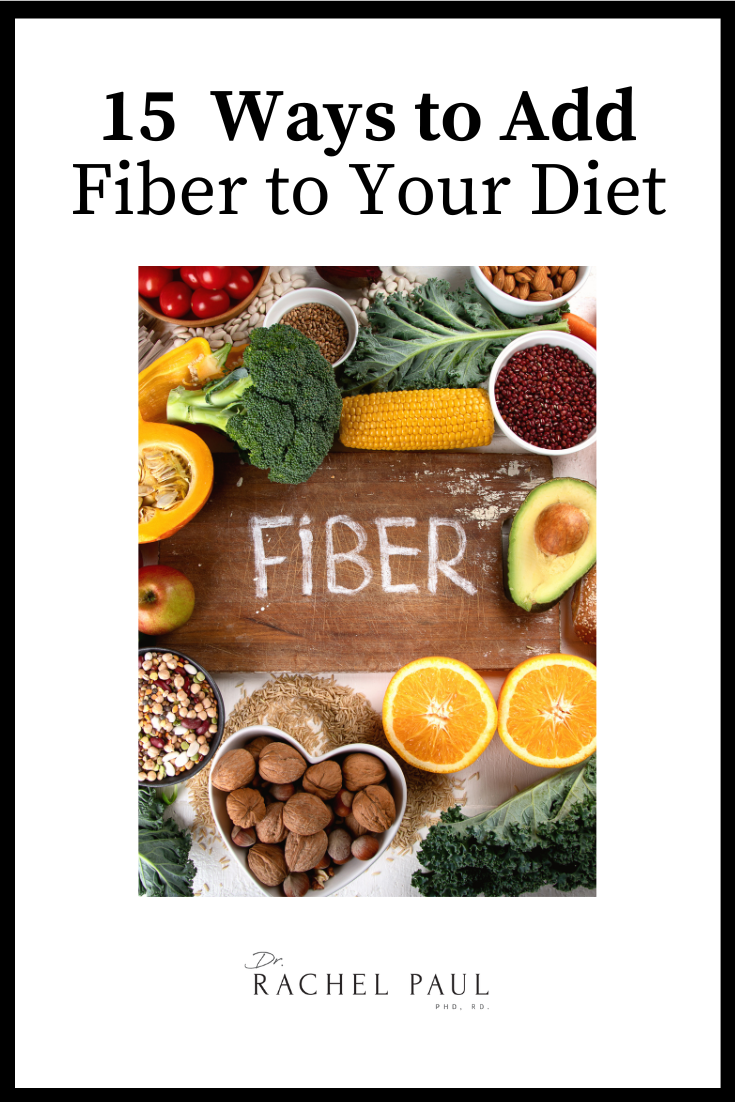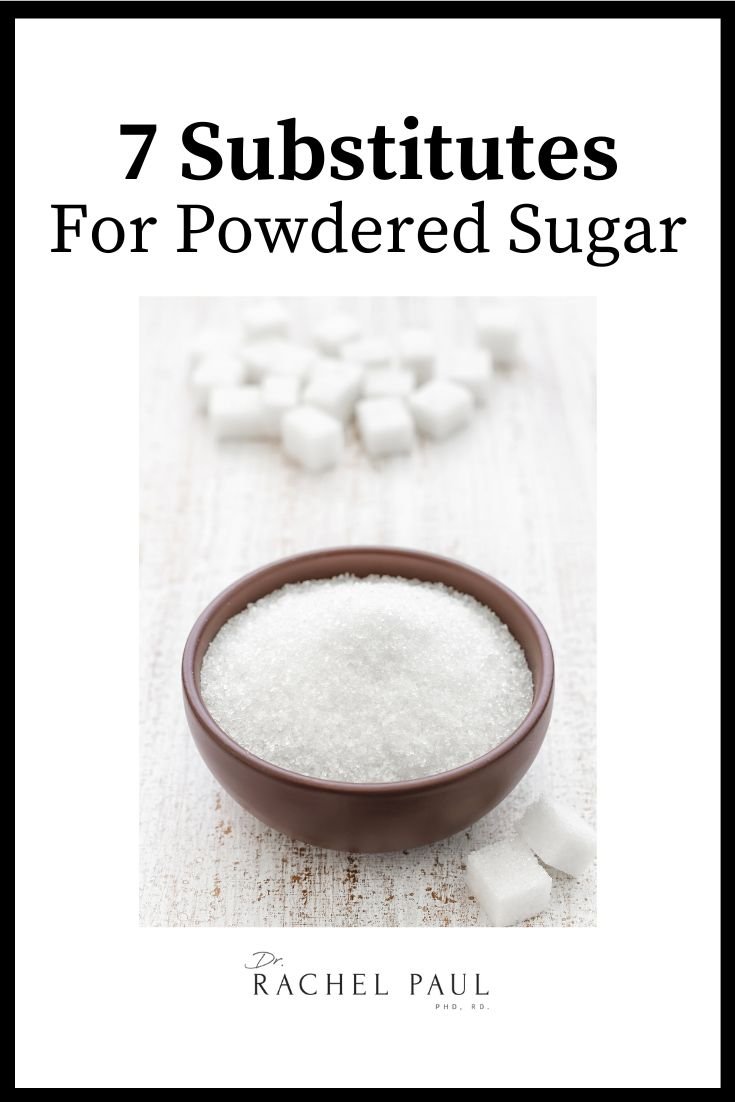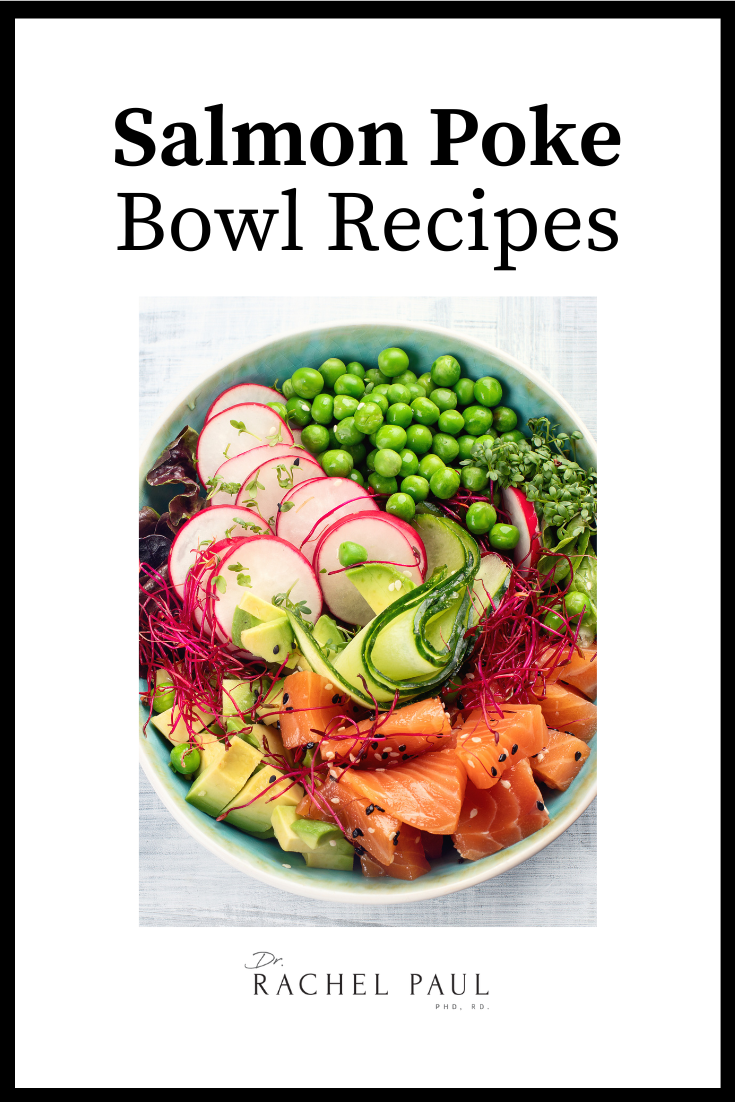Dietary fiber includes parts of plants your body can’t digest. It passes through your body unchanged, without being absorbed, and it’s crucial for your digestive system and health.
It’s important for your digestion, heart health (it can prevent heart disease), cholesterol levels, and has so many other health benefits, yet it’s often overlooked, with only less than 5% of Americans getting their recommended daily intake of dietary fiber.
There are two types of fiber (dietary fiber): soluble fiber and insoluble fiber. Soluble fiber slows down digestion, helps lower bad cholesterol levels, and helps with constipation. Insoluble fiber speeds up digestion and helps prevent constipation and similar problems such as hemorrhoids.
Too little fiber in the diet can have negative effects on the body, but luckily, there are different easy ways to add dietary fiber to your diet, which is what this post is about.
15 Ways To Add Fiber To Your Diet
Eat more whole-carb sources
Whole carbs are the best source of dietary fiber, so try to make every carb you eat a whole carb.
You can get whole-carb bread, whole-carb tortillas, whole-carb pasta, whole-wheat flour, etc.
It’s an easy way to get more fiber – you will just be swapping regular carbs for whole carbs. Whole carbs are not only higher in fiber but are overall healthier than regular carbs, which is another reason why you should make those swaps.
Include veggies in every meal
Fruits and vegetables have tons of fiber and are considered high-fiber foods. Plus, of course, they’re full of vitamins and minerals. So, try to include veggies in every meal. They’re great as sides, in soups, in salads, etc.
Veggies are also lower in calories, which will help you if you’re on a weight loss journey, of if you want to maintain a healthy weight.
Eat more fruit
As we mentioned, fruit has tons of fiber, so try to eat more fresh fruit. You can add it to your breakfast, eat it as a snack, put it in healthy desserts, etc.
Snack on nuts and seeds
Nuts and seeds are good sources of fiber as well, so including them in your diet is a great way to eat more fiber.
They’re the perfect healthy snack! They not only have tons of fiber, but also healthy fat which your body needs as well.
Instead of snacking on potato chips, start snacking on nuts and seeds.
Eat chia seeds
Chia seeds also have lots of fiber, so making chia pudding for breakfast is a great idea! Topping it with fresh fruit will make it even better.
Leave the peels on apples, potatoes, and cucumbers
Peels and skins actually have lots of fiber, so when eating apples, potatoes, cucumbers, and similar fruits and vegetables, don’t peel them. Eat them with the skins on to get an extra source of fiber.
Eat more beans and legumes
Beans and legumes are great sources of fiber, so include more of them in your diet. You can add black beans to your burrito bowls, stews, salads, etc., put garbanzo beans in your salads, stews, and so on.
Snack on popcorn
Popcorn is another great snack that has lots of fiber. To make it as healthy as possible, make your own popcorn with no oil or butter.
Eat whole fruit, don’t just drink juices
To get the most fiber out of your fruit, don’t juice it all the time. Try to eat whole fruit whenever possible, because that way you’re getting the most fiber out of it.
Snack on fresh veggies
Another great snack to add to your diet is fresh veggies and dips. Cut up celery, carrots, bell peppers, cucumbers, or any other veggie you like, and get your favorite dip on the side (yogurt, hummus, ranch, salsa, etc.).
Add fresh fruit to your yogurt bowls and on top of oatmeal
An easy way to eat more fruit (and therefore get more fiber) is to add fruit on top of your yogurt bowls and your oatmeal. It will make them taste better, while also helping you get your needed daily fiber intake.
Switch to whole-grain pasta
If you love pasta, an easy way to get more fiber is to switch from regular pasta to whole-grain pasta. If you also add veggies to your pasta or your pasta sauce, even better!
Eat a side salad with every meal
Eating a side salad with every meal will help you make sure you’re eating more veggies and more fiber.
Eat more veggie soups
Another easy way to eat more fiber is to make more veggie soups.
Make your meal plan full of high-fiber foods
When you’re planning your meals for the month or for the week, look at your meal plan as a whole, and see if you’re getting enough fiber each day. Looking at all meals you’ll be eating in a day will help you make sure you’re getting enough fiber.
How Much Fiber Do You Need A Day
Now let’s look at the amounts of fiber you should have each day.
-
Women aged 19 to 30 should have 28 grams of fiber per day.
-
Men aged 19 to 30 should have 33.6 grams of fiber per day.
-
Women aged 31 to 50 should have 25.2 grams of fiber per day.
-
Men aged 31 to 50 should have 28 grams of fiber per day.
-
Women aged 51 and over should have 22.4 grams of fiber per day.
-
Men aged 51 and over should have 28 grams of fiber per day.
Why You Need Fiber In Your Diet
Reducing the risk of heart disease
Eating more fiber can help reduce the risk of heart disease, because it helps regulate your blood sugar levels.
Maintaining a healthy weight
Fiber makes you feel full, regulates your hunger levels, and regulates your food cravings, which helps you maintain a healthy weight.
Another reason why fiber helps you maintain a healthy weight, is that high-fiber foods are often not very calorie-heavy (fruits and vegetables). That means that you can eat more foo
d, while not eating more calories.
Improve bowel movement
Fiber is one of the most important factors in bowel movement. It improves bowel movement and makes your digestive system a lot better.
It helps you feel full
Eating fiber will help you stay full for longer. High-fiber foods are often bulky, which means they’re very filling. Eating filling foods will help you stay full for longer.
It helps with cholesterol levels
Another benefit of eating dietary fiber is that it helps with cholesterol levels by taking down bad cholesterol levels.
Helps with digestion
Since it helps with bowel movement, it helps with digestion and your whole digestive system, and digestive health.
Lowers food cravings
If you tend to have really strong food cravings, eating more dietary fiber can help regulate that.
Gives you more energy
It helps you have higher energy levels throughout the day, so it’s great to eat a high-fiber breakfast, to make sure you’re ready for the day.
Helps with diabetes
Fiber helps regulate glucose, which is important for those who have diabetes.
Regulates hunger levels
Another benefit of fiber is that it regulates hunger levels. That means that you’ll be able to






